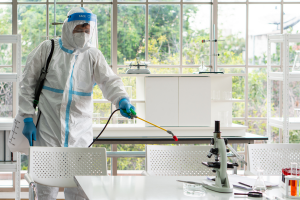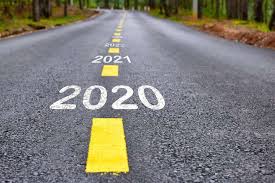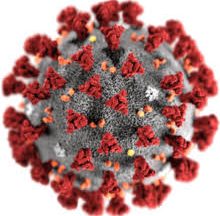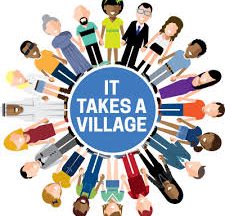 March 2021
March 2021
Pandemic protocols are evolving for high-rise communities.
In the early days of COVID-19, an area suspected of COVID-19 infection may have been sterilized by people wearing hazmat suits and breathing apparatus. Cleaning costs escalated as more worked from home.
Since this time much has been learned and cleaning costs have declined. Developing efficient cleaning procedures is necessary to keep cleaning costs under control and avoid higher condo fees.
Equipment and techniques have changed. Cleaners are more likely to wear personal protective equipment. A second step in cleaning procedures may be the use of an anti-viral treatment on surfaces.
Touchpoint cleaning and disinfecting has taken on greater importance since evidence suggests that, like influenza, COVID-19 can live on surfaces and objects for days. Door handles and frames, elevator buttons, push plates, handrails and sink faucets are receiving greater attention with cleaning and disinfecting done up to three or four times daily. Between cleanings, an antimicrobial surface protectant can be used to create an inhospitable environment that deters the virus from adhering to surfaces. Vacuuming may replace sweeping or dusting which are more likely to raise up dust particles that may contain COVID-19.
Some cleaners may utilize what is known as bioluminescent imaging technology to identify organic and biomass contamination. A DNA-activated spray is used on surfaces to show live viruses and bacteria that have not been removed.
Regularly remove waste, and sanitize waste containers against viruses and bacteria transferred from personal tissues and paper towels.
Clean and disinfect upholstered furniture and chairs which can hold viruses and bacteria. Anti-bacterial fabric protection can be used between deep cleanings.
In the past, cleaning duties may have been more segmented and specialized. One person cleaned and sanitized touchpoints. Another employee vacuumed and someone else handled trash. Today it is more likely each person is responsible for a different area of a large building to reduce the risk of infection for residents and employees.
Nighttime cleaning is not viewed as necessary. Residents are assured by seeing cleaning being done and their home kept sanitary. Noisy tasks such as cleaning and vacuuming floors are less disruptive during daytime hours.
Further evolution of pandemic cleaning protocols is likely as we learn more about COVID-19 and our science develops new approaches to keeping us safe.







